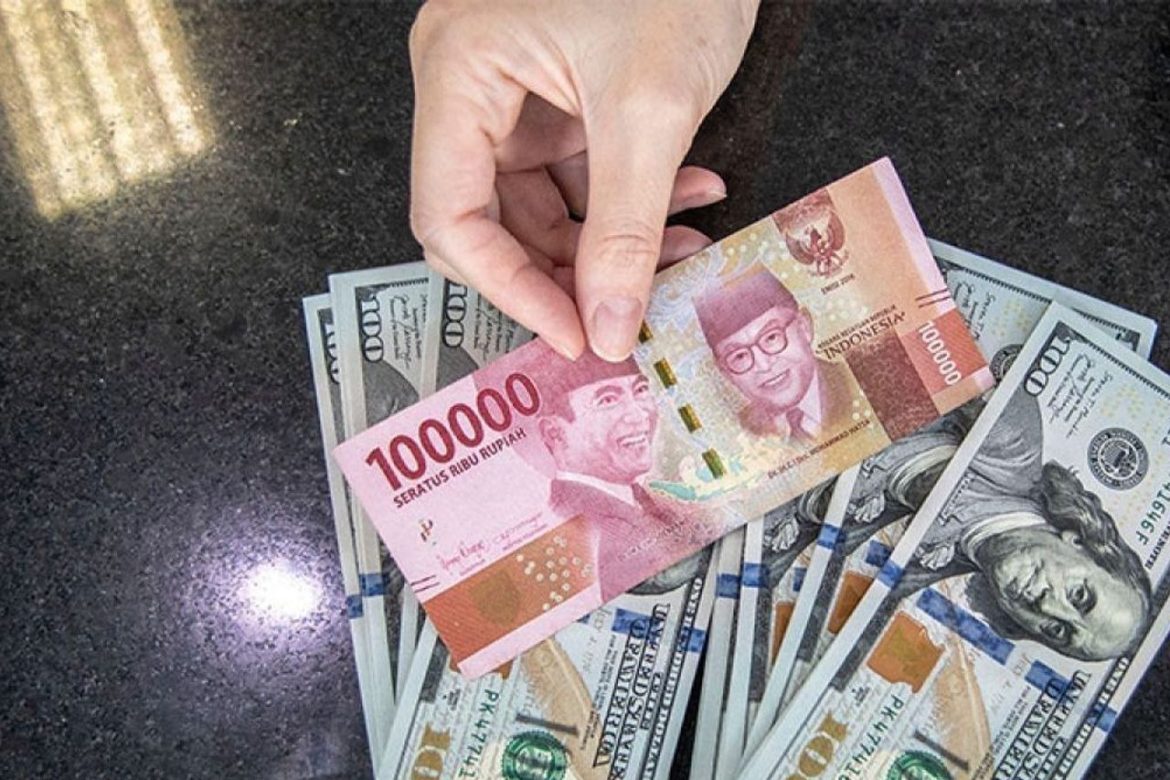Type / to choose a The Rupiah beaten by US Dollar has become one of the hottest financial headlines in Indonesia. Every time the local currency weakens, people immediately ask: what went wrong? The reality is that several global and domestic factors are working together, creating pressure that makes the Rupiah struggle to maintain its strength.
Global Pressure on Emerging Currencies
One of the biggest culprits is the monetary policy of the United States. When the Federal Reserve (The Fed) raises interest rates, global investors shift their money toward assets in dollars. Higher returns in the US make Indonesia’s bonds and deposits look less attractive, triggering capital outflows. As more people buy dollars, demand spikes and the Rupiah weakens.
Beyond interest rates, global uncertainties such as geopolitical conflicts, oil price hikes, and recession fears make investors seek safe-haven currencies like the US Dollar. This “flight to safety” is common in times of crisis, and unfortunately, emerging currencies like the Rupiah are usually the victims.
Domestic Challenges that Weigh on the Rupiah
It’s not only about global events—Indonesia’s internal dynamics also matter. Trade balance deficits, slowing exports, and heavy import bills create extra demand for foreign currency. When businesses need more dollars to pay overseas suppliers, the Rupiah inevitably loses ground.
Inflation and fiscal pressures can also reduce investor confidence. If the government is seen as overspending or unable to control prices, international markets react quickly. Confidence is currency, and any sign of weakness in economic fundamentals can push the Rupiah down further.
Market Sentiment and Speculation
Another less visible but powerful factor is market psychology. Currency traders often react to rumors, political tensions, and even global headlines. A single piece of negative news can trigger panic selling. Once speculation builds up, it becomes a self-fulfilling cycle: the Rupiah drops simply because people believe it will continue to fall.
The Bigger Picture
Despite the volatility, the Rupiah’s story is not unique. Many other emerging market currencies—from Turkey’s lira to India’s rupee—face similar battles against the mighty US Dollar. The key for Indonesia is resilience: building strong foreign reserves, diversifying the economy, and creating policies that inspire long-term investor trust.
Conclusion
The truth is clear: the culprit behind the Rupiah being beaten by the US Dollar is not one single cause, but a combination of global monetary tightening, domestic vulnerabilities, and speculative market behavior. While short-term fluctuations may be unavoidable, strategic policies and stronger fundamentals can help Indonesia’s currency stand taller in the future.block



